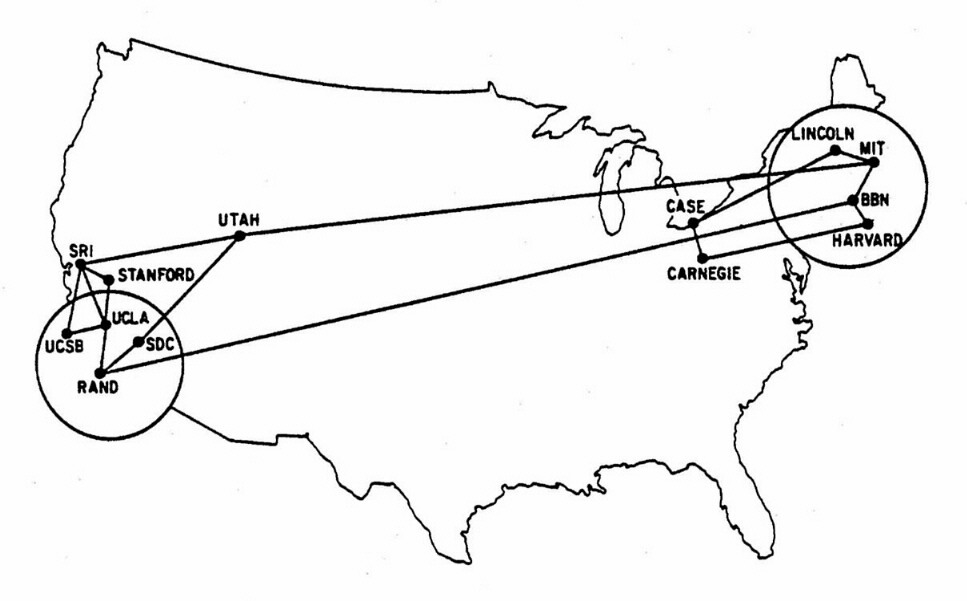Mapcentia has had a busy summer where a lot of new GC2 features have been implemented to meet requests from an increasing number of enterprise users. Below are the most significant:
Sub-users
You can now create sub-users for all your team members working on the same PostGIS database. A sub-user is a user with limited privileges to selected layers, which is managed by the parent-user. A sub-user can be granted one of four privileges to a layer:
None: The layer doesn’t exist for the sub-user.
Only read: The sub-user can see and query the layer.
Read and write: The sub-user can edit the layer.
All: Read, write and change properties like style and alter table structure.
Privileges are also applied to WMS and WFS-T. Sub-users can choose their own HTTP authentication password for the web services.
A sub-user can also be assigned its own schema, where the sub-user can create layers of its own. If a team member needs to manage some data sets, you can create a sub-user and a schema for the member. The member can when grant layer privileges to other sub-users, which makes it very easy to share data across a team.
Track changes
Another novelty is “Track changes” in layers. This feature enables you to keep the history of edits in the layer. It works through the online editor and WFS-T clients like QGIS. This way you don’t lose valuable data and you can track team members edits.
You can read more about Track changes here
New front page and dashboard
We’ve revamped the front page and the dashboard. If you run your own GC2 server it’s now possible to brand with own corporate logos and text.
Cluster map
You can now turn a point dataset into a cluster map in a couple of seconds. Clustering happens server side and works just like any other layer. Clusters can be classified and styled with MapServers advanced styling. The Class Wizard will create a basic cluster map for you.
Online editor improvements
The online editor has gotten some useful improvements. You now set feature filtering before loading, which makes it easier to partially load huge datasets. A new “Quick draw” function will take you directly to the draw tool without loading data. This way you can add new features to a dataset without actual loading data first.
Schema drop/rename
Schemas can now be dropped and renamed. If you rename a schema, keep in mind that the layer ids will change, whereas they comprise both schema and layer name.
Layer move
Layers can now be moved between schemas. As for schema renaming, moving a layer will change the id.
Create query views
You can now through the Database tab create a view over a SELECT query, which gives a name to the query that you can refer to like an ordinary table. The query is run every time the view is referenced in a query. Views are a very powerful tool and now they are easy to create.
Google Add-on
After a long wait, Google has accepted the MapCentia GC2 Add-on for Docs. Now you can insert your maps directly into a Google Doc. Try it

